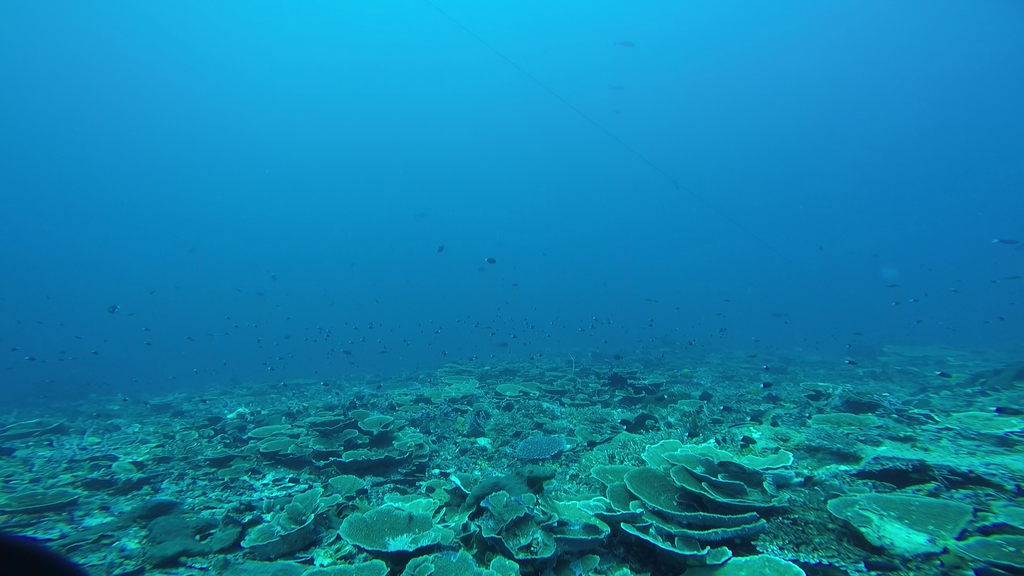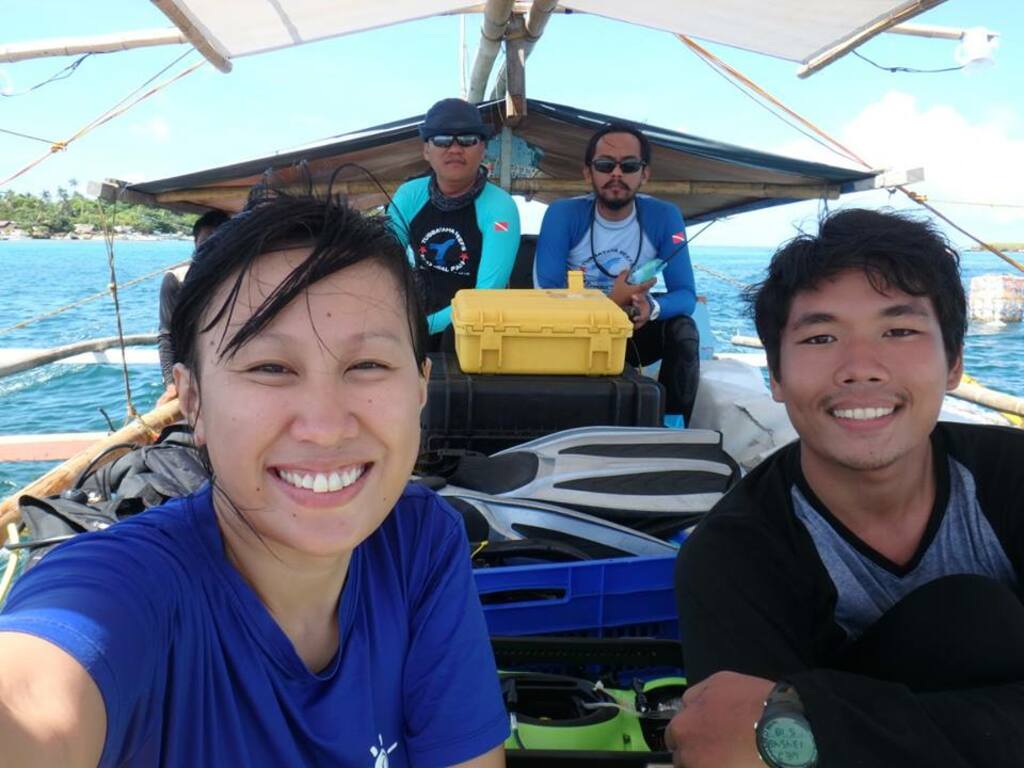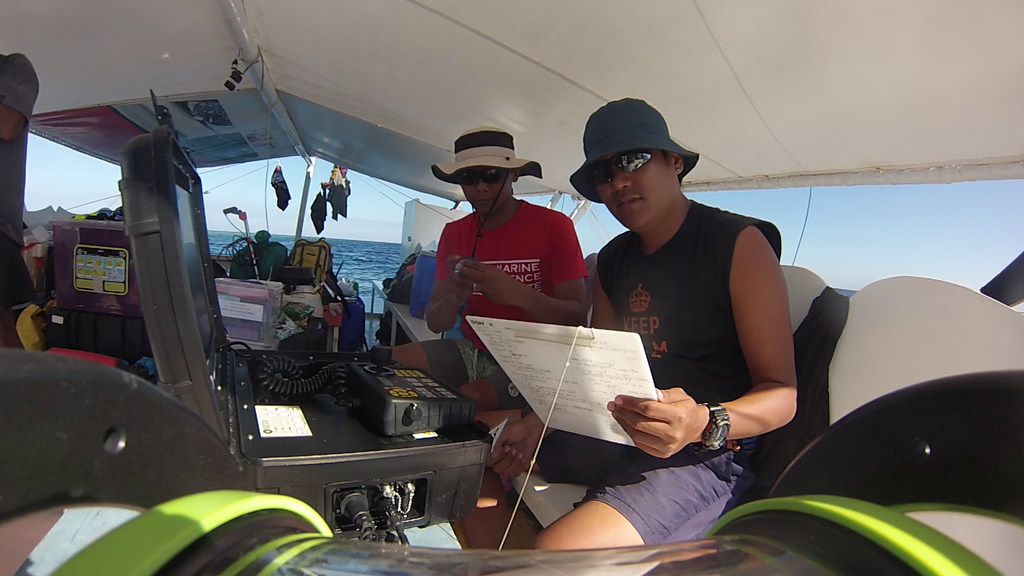Behind the science:
Preliminary observations of macrobenthic invertebrates and megafaun...
2018, April 18
Posted by Veronica Radice
Fields
Biodiversity
Community structure
Focusgroups
Fishes
Other invertebrates
Locations
Philippines
Platforms
SCUBA (open-circuit or unspecified)
“Macrobenthic invertebrates and megafauna communities in mesophotic reefs of the Philippines”
What was the most challenging aspect of your study (can be anything from field, lab to analysis)?
The most challenging aspect of the study would have to be the collection of field data. Our institute (Marine Science Institute, University of the Philippines) currently does not have researchers with expertise to conduct technical diving, which would have improved our data collection methods. Nevertheless, we made use of what we have. We adjusted our methodologies to account for the time constraint in surveying MCEs using standard scuba diving.
What was the most memorable moment in undertaking this study?
The most memorable moment of the study was the breathtaking view of mesophotic coral ecosystems in our study site. It was in Apo Reef where we observed high cover of coral communities, together with large marine fishes and turtles. We were particularly amazed when we saw numerous white tip reef sharks (Triaenodon obesus) and humphead wrasses (Cheilinus undulatus), since these species have become rare in the Philippines.
What was your favorite research site in this study and why?
We have this study site in the southwest atoll system referred to as Apo 29. Here, we observed a patch reef that contained a very high coral cover dominated by foliose Montipora.
Other than your co-authors, with whom would you like to share credit for this work?
Credit also goes to our funding agency (Philippine Council for Agriculture, Aquatic and Natural Resources Research and Development, Department of Science and Technology) who is continuously supporting biodiversity research, the municipal government of Sablayan that warmly welcomed us, Apo Reef Protected Area Management Board, A. Vallejo of Sablayan Tourism Office and Fernan Magno of DENR-PAMB for helping facilitate the fieldworks, and to the graduate students and dive team that supported us during our fieldworks.
Any important lessons learned (through mistakes, experience or methodological advances)?
We learned that surveying mesophotic coral ecosystems using standard scuba diving methods is time constraining. During our fieldworks, we were limited to one dive per day at a depth of 30 to 40 m with a dive time of only 15 minutes for safety purposes. Hence, technical diving or alternative methods (e.g., use of remotely operated vehicles) should be considered to further improve our exploration and research on mesophotic coral ecosystems in the Philippines.
Can we expect any follow-up on this work?
We also collected data on benthic habitat and fish community assemblages in Apo Reef and other selected mesophotic coral ecosystems in the Philippines. Monitoring will be done in Apo Reef in the succeeding years.
 Mesophotic coral ecosystem in Apo Reef, Minodoro dominated by a foliose Monitpora
(C) Ronald Olavides
[CC BY-NC 4.0]
Mesophotic coral ecosystem in Apo Reef, Minodoro dominated by a foliose Monitpora
(C) Ronald Olavides
[CC BY-NC 4.0]
Featured article:
|
|
Preliminary observations of macrobenthic invertebrates and megafauna communities in the upper mesophotic coral ecosystems in Apo Reef N... | article Quimpo TJR, Cabaitan PC, Olavides RDD, Dumalagan EE, Munar J, Siringan FP (2018) Raffles Bull Zool 66:1-11 |


